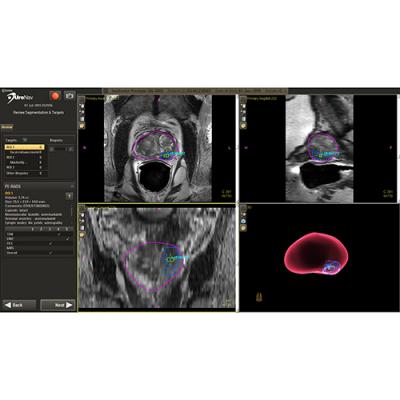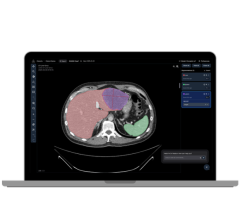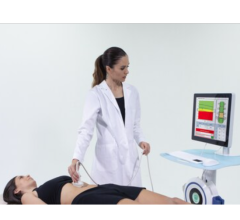
August 20, 2019 — According to the American Cancer Society, approximately one in nine men will be diagnosed with prostate cancer in their lifetime. It’s both the second most common cancer and second most common cause of cancer death in American men. Early detection is critical and can increase a man’s chances of survival.
“Imaging has become an essential component of modern medicine,” said Pingkun Yan, assistant professor of biomedical engineering at Rensselaer Polytechnic Institute. “I believe it will become more and more important with precision medicine. If you use imaging together with other techniques, you can actually better customize a treatment for a specific patient.”
Yan recently received the latest in a series of grants — totaling more than $1 million combined — aimed at advancing current imaging technology, and developing new tools for diagnosis and treatment delivery. The most recent award, from the National Institute of Biomedical Imaging and Bioengineering (NIBIB), will help him improve an image fusion technique — currently used clinically to enable biopsies for diagnosis — without external tracking devices.
Right now, Yan said, magnetic resonance (MR) imaging produces pictures that help identify the cancer. That information is then combined with transrectal ultrasound imaging, which helps guide the biopsy. Though this can work fairly well when done properly, combining these two imaging modalities is difficult and is open to error. An additional tracking device is required that is both expensive and cumbersome, and any patient movement that causes the prostate to change position makes the fused images unreliable.
Using a deep learning approach, Yan plans to simplify the process. He wants medical personnel to be able to see the MR image that identifies the cancer while they are using the ultrasound to guide the biopsy, without using additional tracking devices.
“Although we target a specific application, the technology we are developing can be applied to many different applications,” Yan said. “For example, you would be able to fuse ultrasound and CT [computed tomography] images to guide a liver biopsy, liver cancer treatment or kidney cancer biopsy.”
Yan is also a member of the Bioimaging Center and Cancer Research Group (CARGO) based within the Rensselaer Center for Biotechnology and Interdisciplinary Studies (CBIS).
“Imaging is an essential key to our understanding, diagnosis, and treatment of disease,” said Deepak Vashishth, director of CBIS. “This foundational research that Professor Yan is doing will enable the next generation of imaging technology and help provide a new angle on cancer.”
For more information: www.rpi.edu


 December 04, 2025
December 04, 2025 









